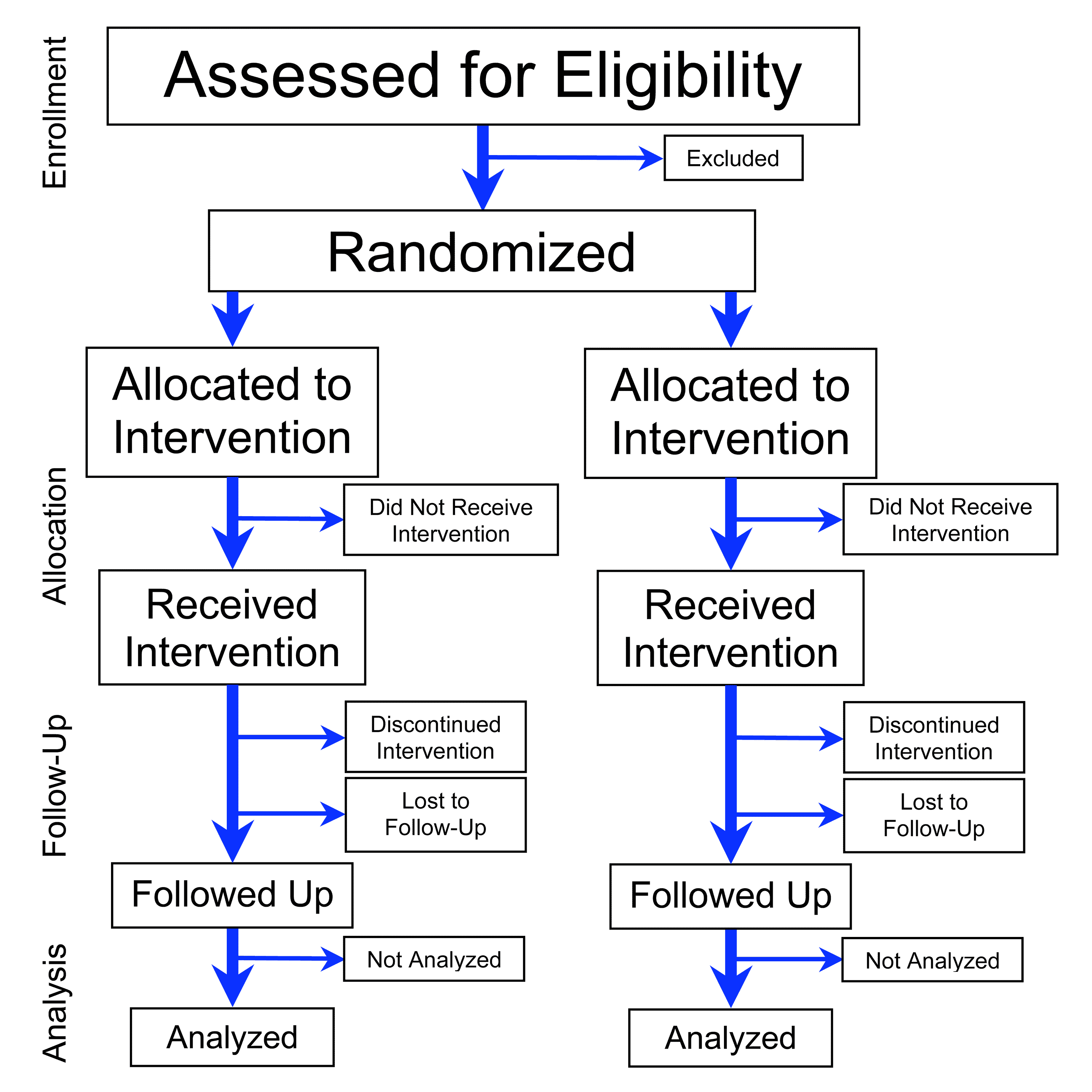|
Sudeep Gupta
Dr Sudeep Gupta, born February 8, 1969, is an Indian medical doctor and medical oncologist, currently serving as the Director of the Tata Memorial Centre (TMC), a unit of the Department of Atomic Energy, Government of India. He succeeded Rajendra Achyut Badwe as the Director of Tata Memorial Centre, Mumbai, in 2023. An alumnus of India’s foremost medical institution, the All India Institute of Medical Sciences (AIIMS), New Delhi, he is recognized for his expertise in breast and gynaecological cancers. Dr Gupta has spearheaded transformative projects during his tenure (December 1, 2018, to November 30, 2023) as the Director of the Advanced Centre for Treatment, Research, and Education in Cancer (ACTREC), one of the institutions under TMC. These include thProton Therapy Centre thWomen’s and Children’s Cancer Centre and thRadiological ResearchUnit (one of the world’s largest therapeutic nuclear medicine facilities), which established ACTREC as a leading institution for cancer ... [...More Info...] [...Related Items...] OR: [Wikipedia] [Google] [Baidu] |
Cervical Cancer
Cervical cancer is a cancer arising from the cervix or in any layer of the wall of the cervix. It is due to the abnormal growth of cells that can invade or spread to other parts of the body. Early on, typically no symptoms are seen. Later symptoms may include abnormal vaginal bleeding, pelvic pain or pain during sexual intercourse. While bleeding after sex may not be serious, it may also indicate the presence of cervical cancer. Virtually all cervical cancer cases (99%) are linked to genital human papillomavirus infection (HPV); most who have had HPV infections, however, do not develop cervical cancer. HPV 16 and 18 strains are responsible for approximately 70% of cervical cancer cases globally and nearly 50% of high grade cervical pre-cancers. Minor risk factors include smoking, a weak immune system, birth control pills, starting sex at a young age, and having many sexual partners. Genetic factors also contribute to cervical cancer risk. Cervical cancer typically develo ... [...More Info...] [...Related Items...] OR: [Wikipedia] [Google] [Baidu] |
Year Of Birth Missing (living People)
A year is a unit of time based on how long it takes the Earth to orbit the Sun. In scientific use, the tropical year (approximately 365 solar days, 5 hours, 48 minutes, 45 seconds) and the sidereal year (about 20 minutes longer) are more exact. The modern calendar year, as reckoned according to the Gregorian calendar, approximates the tropical year by using a system of leap years. The term 'year' is also used to indicate other periods of roughly similar duration, such as the lunar year (a roughly 354-day cycle of twelve of the Moon's phasessee lunar calendar), as well as periods loosely associated with the calendar or astronomical year, such as the seasonal year, the fiscal year, the academic year, etc. Due to the Earth's axial tilt, the course of a year sees the passing of the seasons, marked by changes in weather, the hours of daylight, and, consequently, vegetation and soil fertility. In temperate and subpolar regions around the planet, four seasons a ... [...More Info...] [...Related Items...] OR: [Wikipedia] [Google] [Baidu] |
Living People
Purpose: Because living persons may suffer personal harm from inappropriate information, we should watch their articles carefully. By adding an article to this category, it marks them with a notice about sources whenever someone tries to edit them, to remind them of WP:BLP (biographies of living persons) policy that these articles must maintain a neutral point of view, maintain factual accuracy, and be properly sourced. Recent changes to these articles are listed on Special:RecentChangesLinked/Living people. Organization: This category should not be sub-categorized. Entries are generally sorted by family name In many societies, a surname, family name, or last name is the mostly hereditary portion of one's personal name that indicates one's family. It is typically combined with a given name to form the full name of a person, although several give .... Maintenance: Individuals of advanced age (over 90), for whom there has been no new documentation in the last ten ... [...More Info...] [...Related Items...] OR: [Wikipedia] [Google] [Baidu] |
Year-in-review
{{Unreferenced, date=March 2020 A year-in-review is any sort of annual publication that covers the events of the past year from the perspective of the contributors to the publication. Years-in-review are often intended to highlight the highs and lows of the events which occurred throughout the year, and often include select works published during the year which are considered by the editors of the year-in-review to be the most memorable works of the year. Years-in-review are often used to list "Top Ten" lists voted upon by hired critics and reviewers of other media. On broadcast media Broadcasting is the distribution of audio audiovisual content to dispersed audiences via a electronic mass communications medium, typically one using the electromagnetic spectrum (radio waves), in a one-to-many model. Broadcasting began wit ..., years-in-review (also called "Countdowns") are segments of regular series or annual specials which offer mini-documentaries summarizing the highs and ... [...More Info...] [...Related Items...] OR: [Wikipedia] [Google] [Baidu] |
Pediatric Oncology
Childhood cancer is cancer in a child. About 80% of childhood cancer cases in high-income countries are being able to treat with modern treatments and good medical care. Yet, only 10% of children with cancer live in high-income countries where proper treatment and care are available. Children with cancer make up only about 1% of all cancer cases diagnosed globally each year. The majority of children with cancer are in low- and middle-income countries, where it is responsible for 94% of deaths among those under 15 years old. Because new cancer treatments are not easily available in these countries. For this reason, in low and mid-income countries, childhood cancer is often ignored in control planning, contributing to the burden of missed opportunities for its diagnoses and management. Despite having better care, childhood cancer survivors are still at risk of recurrence and primary cancers. They also face challenges in education, income, and social support compared to the general p ... [...More Info...] [...Related Items...] OR: [Wikipedia] [Google] [Baidu] |
Hypoxia (medicine)
Hypoxia is a condition in which the body or a region of the body is deprived of an adequate oxygen supply at the tissue level. Hypoxia may be classified as either '' generalized'', affecting the whole body, or ''local'', affecting a region of the body. Although hypoxia is often a pathological condition, variations in arterial oxygen concentrations can be part of the normal physiology, for example, during strenuous physical exercise. Hypoxia differs from hypoxemia and anoxemia, in that hypoxia refers to a state in which oxygen present in a tissue or the whole body is insufficient, whereas hypoxemia and anoxemia refer specifically to states that have low or no oxygen in the blood. Hypoxia in which there is complete absence of oxygen supply is referred to as anoxia. Hypoxia can be due to external causes, when the breathing gas is hypoxic, or internal causes, such as reduced effectiveness of gas transfer in the lungs, reduced capacity of the blood to carry oxygen, compromised ge ... [...More Info...] [...Related Items...] OR: [Wikipedia] [Google] [Baidu] |
Triple-negative Breast Cancer
Triple-negative breast cancer (TNBC) is any breast cancer that either lacks or shows low levels of estrogen receptor (ER), progesterone receptor (PR) and human epidermal growth factor receptor 2 (HER2) overexpression and/or gene amplification (i.e. the tumor is negative on all three tests giving the name ''triple-negative''). Triple-negative is sometimes used as a surrogate term for basal-like. Triple-negative breast cancer comprises 15–20% of all breast cancer cases and affects more young women or women with a mutation in the BRCA1 gene than other breast cancers. Triple-negative breast cancers comprise a very heterogeneous group of cancers. TNBC is the most challenging breast cancer type to treat. Hormone therapy that is used for other breast cancers does not work for TNBC. In its early stages, the cancer is typically treated through surgery, radiation and chemotherapy. In later stages where surgery is not possible or the cancer has spread from the initial localised area, tr ... [...More Info...] [...Related Items...] OR: [Wikipedia] [Google] [Baidu] |
Carboplatin
Carboplatin, sold under the brand name Paraplatin among others, is a chemotherapy medication used to treat a number of forms of cancer. This includes ovarian cancer, lung cancer, head and neck cancer, brain cancer, and neuroblastoma. It is administered by injection into a vein sometimes via a port. Side effects generally occur. Common side effects include low blood cell levels, nausea, and electrolyte problems. Other serious side effects include allergic reactions and mutagenesis. It may be carcinogenic, but further research is needed to confirm this. Use during pregnancy may result in harm to the baby. Carboplatin is in the platinum-based antineoplastic family of medications and works by interfering with duplication of DNA. Carboplatin was developed as a less toxic analogue of cisplatin. It was patented in 1972 and approved for medical use in 1989. It is on the 2023 World Health Organization's List of Essential Medicines. Medical uses Carboplatin is used to treat a n ... [...More Info...] [...Related Items...] OR: [Wikipedia] [Google] [Baidu] |
Journal Of Clinical Oncology
The ''Journal of Clinical Oncology'' is a peer-reviewed medical journal published 3 times a month by ASCO Publications. It covers research on all aspects of clinical oncology. The journal was established in 1983 and the editor-in-chief is Jonathan W. Friedberg ( University of Rochester). History In 1981 Emil Frei III proposed that the American Society of Clinical Oncology should publish an official journal. The first issue was published on January 1, 1983, containing 70 pages of research and an editorial by the then editor-in-chief, Joseph Bertino. Bertino was succeeded by George P. Canellos in 1987. In 1998, a Spanish language edition of the journal started quarterly publication, followed by a Chinese language edition. Currently there are 10 international editions. Daniel Haller became editor-in-chief in 2001 and during his tenure the journal moved from its publisher Grune & Stratton to in-house publication by society staff. Stephen A. Cannistra was editor-in-chief from 201 ... [...More Info...] [...Related Items...] OR: [Wikipedia] [Google] [Baidu] |
European Society For Medical Oncology
The European Society for Medical Oncology (ESMO) is a professional organisation for medical oncology. With more than 40,000 members representing oncology professionals from over 177 countries worldwide, ESMO was founded in 1975. ''Annals of Oncology'' Founded in 1990, ESMO’s flagship scientific journal, ''Annals of Oncology'', publishes articles addressing medical oncology, surgery, radiotherapy, pediatric oncology, basic research and the comprehensive management of patients with malignant diseases. ''Annals of Oncology'' is the official journal of ESMO and from 2008 of the Japanese Society for Medical Oncology (JSMO) ESMO Clinical Practice Guidelines The ESMO Clinical Practice Guidelines (CPG) are intended to provide oncology professionals with a set of recommendations for the best standards of cancer care, based on the findings of evidence-based medicine Evidence-based medicine (EBM) is "the conscientious, explicit and judicious use of current best evidence in making ... [...More Info...] [...Related Items...] OR: [Wikipedia] [Google] [Baidu] |
Randomized Controlled Trial
A randomized controlled trial (or randomized control trial; RCT) is a form of scientific experiment used to control factors not under direct experimental control. Examples of RCTs are clinical trials that compare the effects of drugs, surgical techniques, medical devices, diagnostic procedures, diets or other medical treatments. Participants who enroll in RCTs differ from one another in known and unknown ways that can influence study outcomes, and yet cannot be directly controlled. By randomly allocating participants among compared treatments, an RCT enables ''statistical control'' over these influences. Provided it is designed well, conducted properly, and enrolls enough participants, an RCT may achieve sufficient control over these confounding factors to deliver a useful comparison of the treatments studied. Definition and examples An RCT in clinical research typically compares a proposed new treatment against an existing standard of care; these are then termed the 'expe ... [...More Info...] [...Related Items...] OR: [Wikipedia] [Google] [Baidu] |




